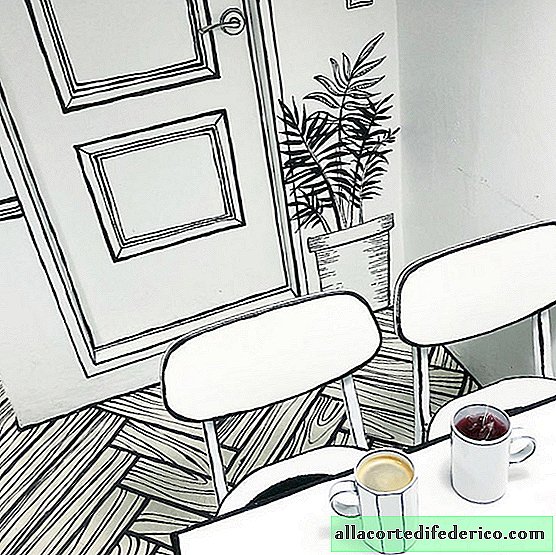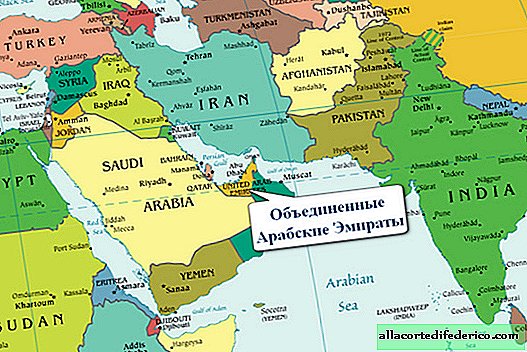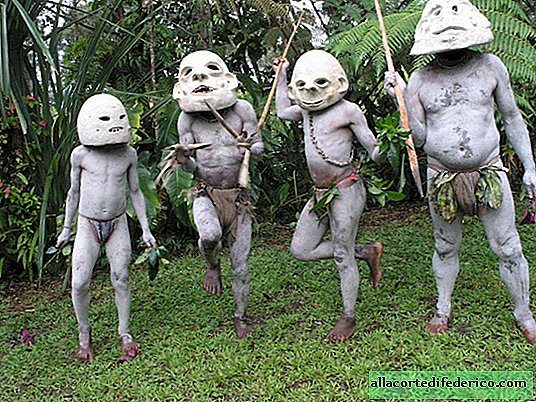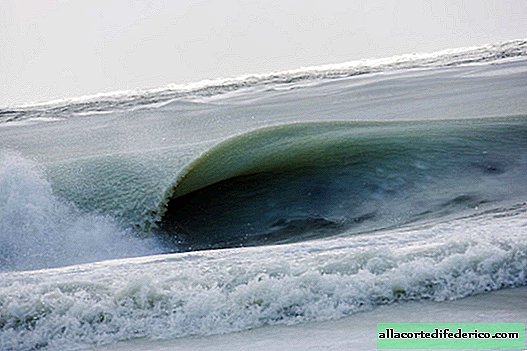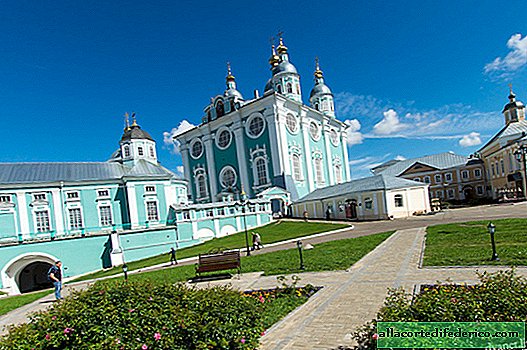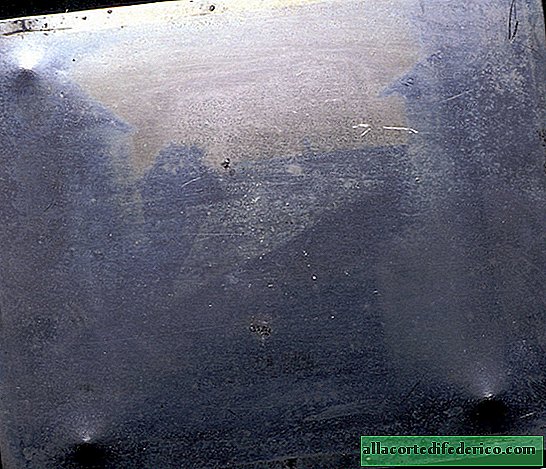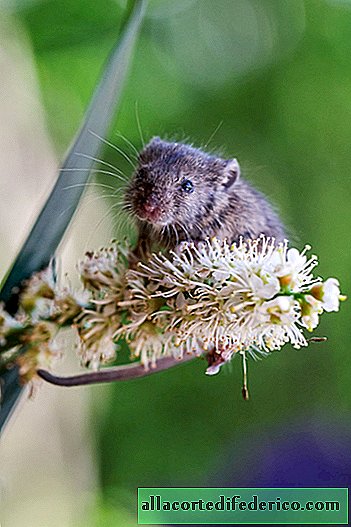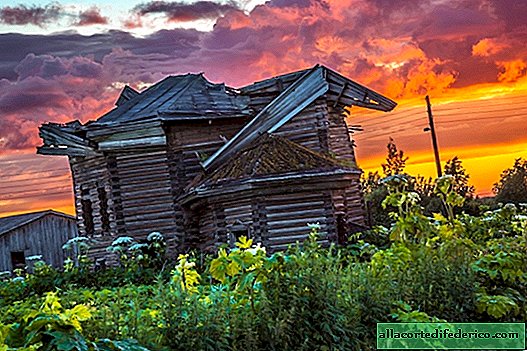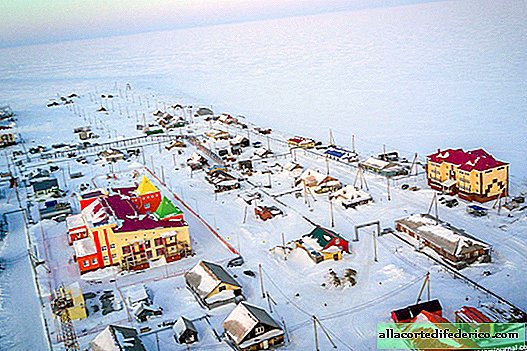Termites - the most ingenious architects of the animal world
These amazing insects are found on all continents except Antarctica. Small creatures living in huge families are able to build such incredible houses that much more highly developed representatives of the animal world can envy them. Termitnik is a whole engineering structure with a complex ventilation system, separate rooms and even mushroom gardens.
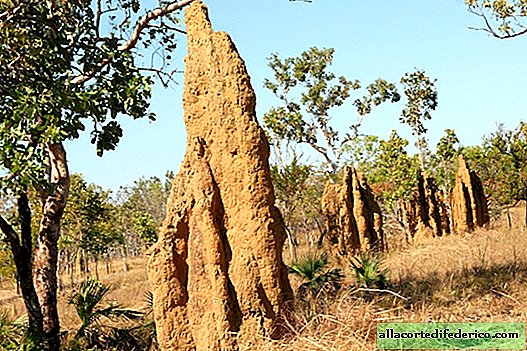
Termites, like ants and bees, are social insects. Each member of the colony, the number of which can reach several million, performs the role assigned to him. There are soldiers, termite workers, larvae and a king with a queen who are engaged in the production of new members of the colony.
Working termites make up the majority of the inhabitants of the colony. They are the ones who care about the food of the future generation, and also are engaged in the construction of a termite mound - a grandiose house in which a multi-million family lives.

Termitniks are built and increased in size over the entire period of the colony’s life, therefore old and large families live in huge structures, the height of which can reach 5-7 meters, and sometimes even more. The tallest known termite mound is considered a dwelling 12.8 meters high, and the age of the family living in it is more than one hundred years old.
Termitniks are built from sand, clay and plant debris. The saliva of working termites gives them a special structural strength, with which they fasten all the details of the building. Termites mainly live in tropical and subtropical regions, where the period of relative drought is replaced by torrential rains. To prevent the penetration of fluid into the termite, its external walls are built very thick - up to 30 centimeters. But termite mounds are only at first glance a primitive construction of sand and clay, in fact it is a grandiose architectural structure, the complexity of the device of which has no equal in the animal world.

The most remarkable thing about the termite maker is the ingenious ventilation system, which allows maintaining the air temperature inside the termite maker practically at the same level, regardless of what happens outside it. Termite walls have tiny openings through which fresh air and moisture enter. Thanks to the numerous passages that penetrate the termite mound, the necessary microclimate is maintained in it, and the air temperature and humidity, to which the female and other inhabitants of the termite mound are so demanding, are always within the required limits.
On our planet, there are more than 2,900 types of termites, but the homes of most of them have a certain set of internal premises. All termite mounds have a chamber for the reproduction of offspring, in which a higher air temperature is maintained than in other chambers and passages. Termite houses also have a separate chamber for the queen and a special chamber for mushrooms, which are a part of some termite mounds.

Certain types of termites grow whole mushroom plantations in their homes. Danish scientists who studied termite colonies in South Africa found that these fungi, as well as the intestinal bacteria that live inside the termites themselves, are involved in the complex process of processing cellulose - the main nutrition of termites.
Since termites feed on various types of cellulose, including wood, this has led to the fact that some types of termites are recognized as pests, causing serious damage to wooden buildings.
Due to their wide distribution and huge number, termites are an important link in many food chains. They are eaten by anteaters, bears, aardvarks, earthwolves, pangolins, birds and many other species of animals. But, oddly enough, the main enemies of termites are ants, who perform entire "military operations" to capture termites. Despite such a large number of enemies, termites are a fairly prosperous group of insects, the number of which does not cause any concern.


